
Culture & Sports
20:21, 23-Jan-2017
Fun facts about China’s Spring Festival Gala
Updated
10:37, 28-Jun-2018
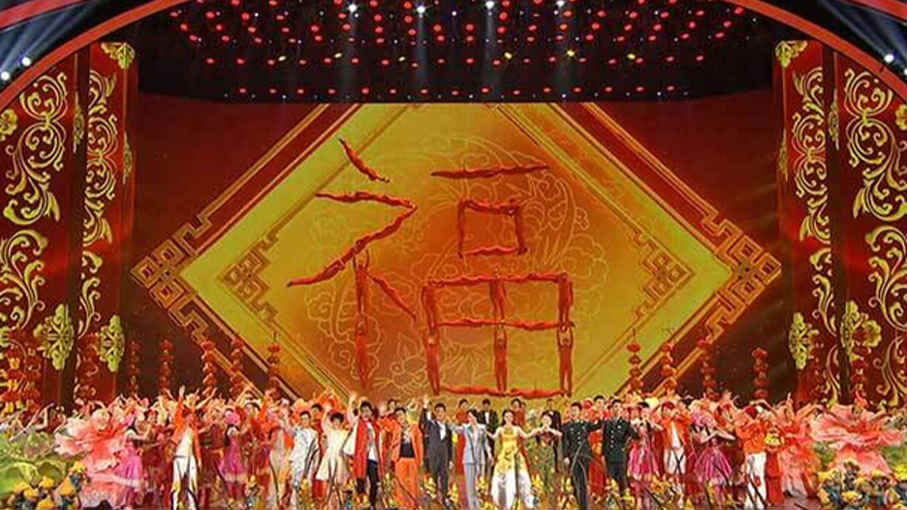
The Chinese Lunar New Year Eve falls on January 27 this year. The Lunar New Year is undoubtedly the most important festival for the 1.3 billion Chinese people. Although the celebrations vary from place to place, almost people from every corner of the country, as well as some overseas Chinese, spend the eve watching Chunwan, the Spring Festival Gala produced by China Central Television (CCTV).
As one of the most-watched programs in China, the CCTV Spring Festival Gala has been an integral part of the Chinese New Year rituals. From the television era to the digital age, people’s expectations always run high for the 34-year-old event.
Ahead of this year’s gala, here are some trivia about the biggest television event in China, and also the world.
Why CCTV Spring Festival Gala is important?
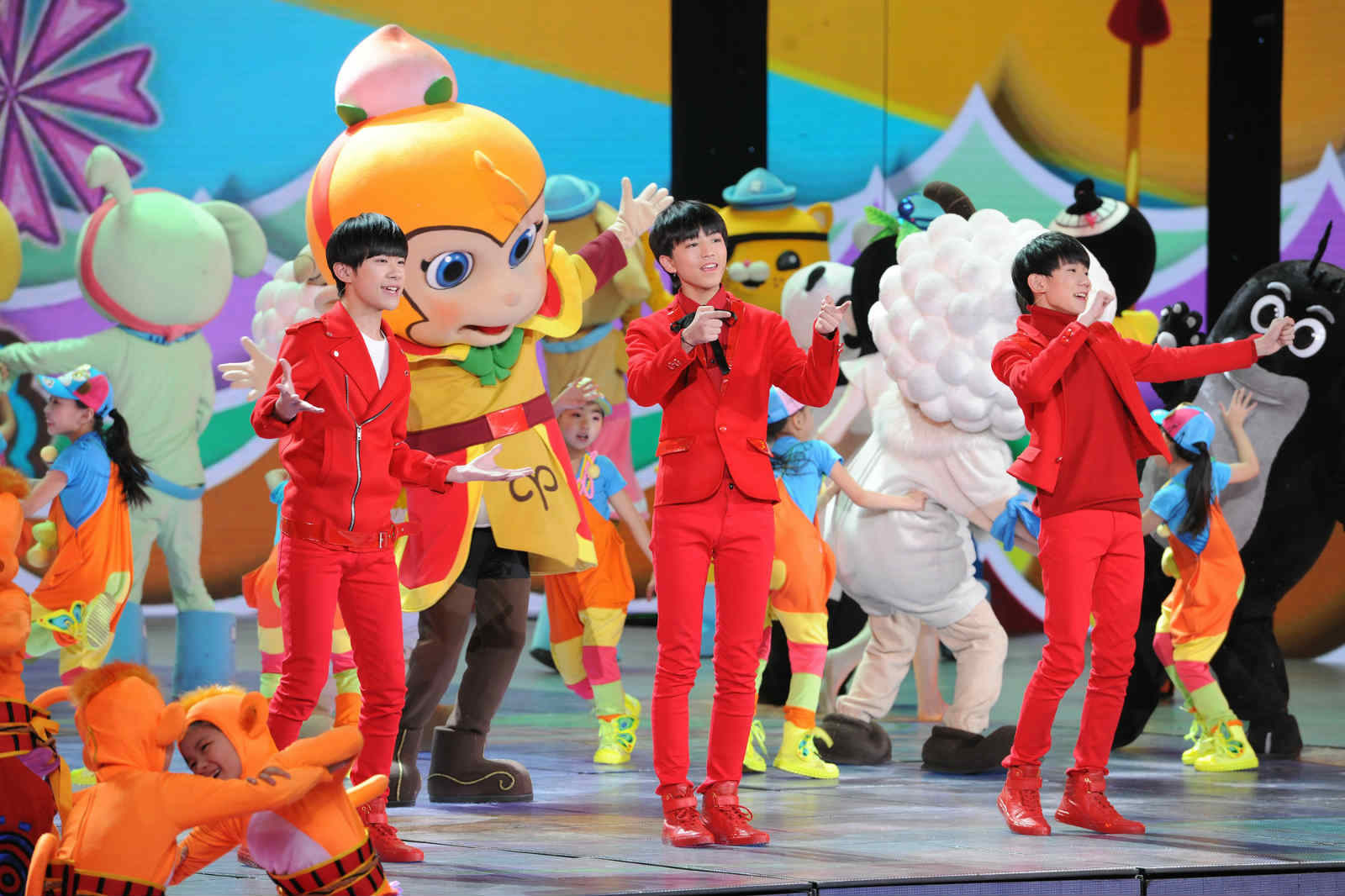
Popular boy band TFBoys performs at the Spring Festival Gala in 2016. /CFP Photo
Popular boy band TFBoys performs at the Spring Festival Gala in 2016. /CFP Photo
The keyword in the Chinese New Year is “Hejiatuanyuan (family reunion)”. Having a big family dinner with relatives on the eve is a must for New Year celebrations for almost every family. The annual Spring Festival Gala usually lasts over four hours, just in time when the Chinese people gather to have their festive dinner. Featuring musicals, dances, comic skits and dramas, the gala is aimed at entertaining viewers of all ages.
Other fun facts you may not know:
• The first CCTV Spring Festival Gala was live broadcast via television on February 12, 1983. However, not all Chinese people owned a TV set then or had a chance to watch the show at home. The annual output of televisions was only 6.84 million and nearly 80 percent of families did not possess their own TV set, according to a Beijing Daily report.
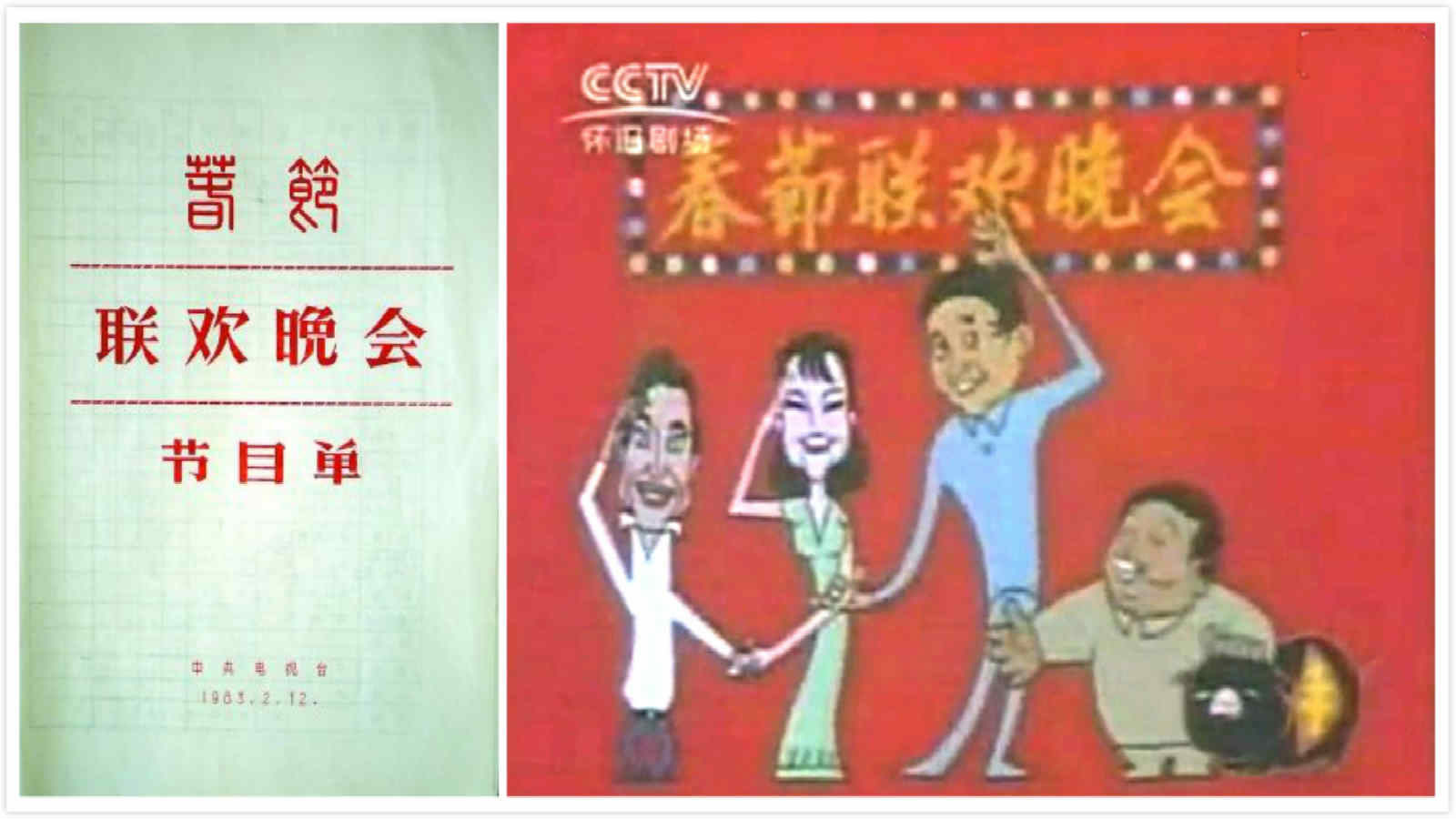
A program (L) and the animated title (R) of the first CCTV Spring Festival Gala.
A program (L) and the animated title (R) of the first CCTV Spring Festival Gala.
• In 1983, the director of the CCTV Spring Festival Gala set four telephones backstage so viewers could ask the actors to perform the requested items. As the on-demand calls were so popular, the lines would literally be overheated, prompting staff members to stand by with a fire extinguisher.

The numbers of the four telephones set up by the director of the CCTV Spring Festival Gala in 1983.
The numbers of the four telephones set up by the director of the CCTV Spring Festival Gala in 1983.
• The gala traditionally concludes with the song Nanwangjinxiao (Can’t Forget Tonight). The song has been performed for 21 times over the past 34 years. Its original performer Li Guyi has also held a record of singing the most songs during a gala. In 1983, she sang a medley of seven songs.
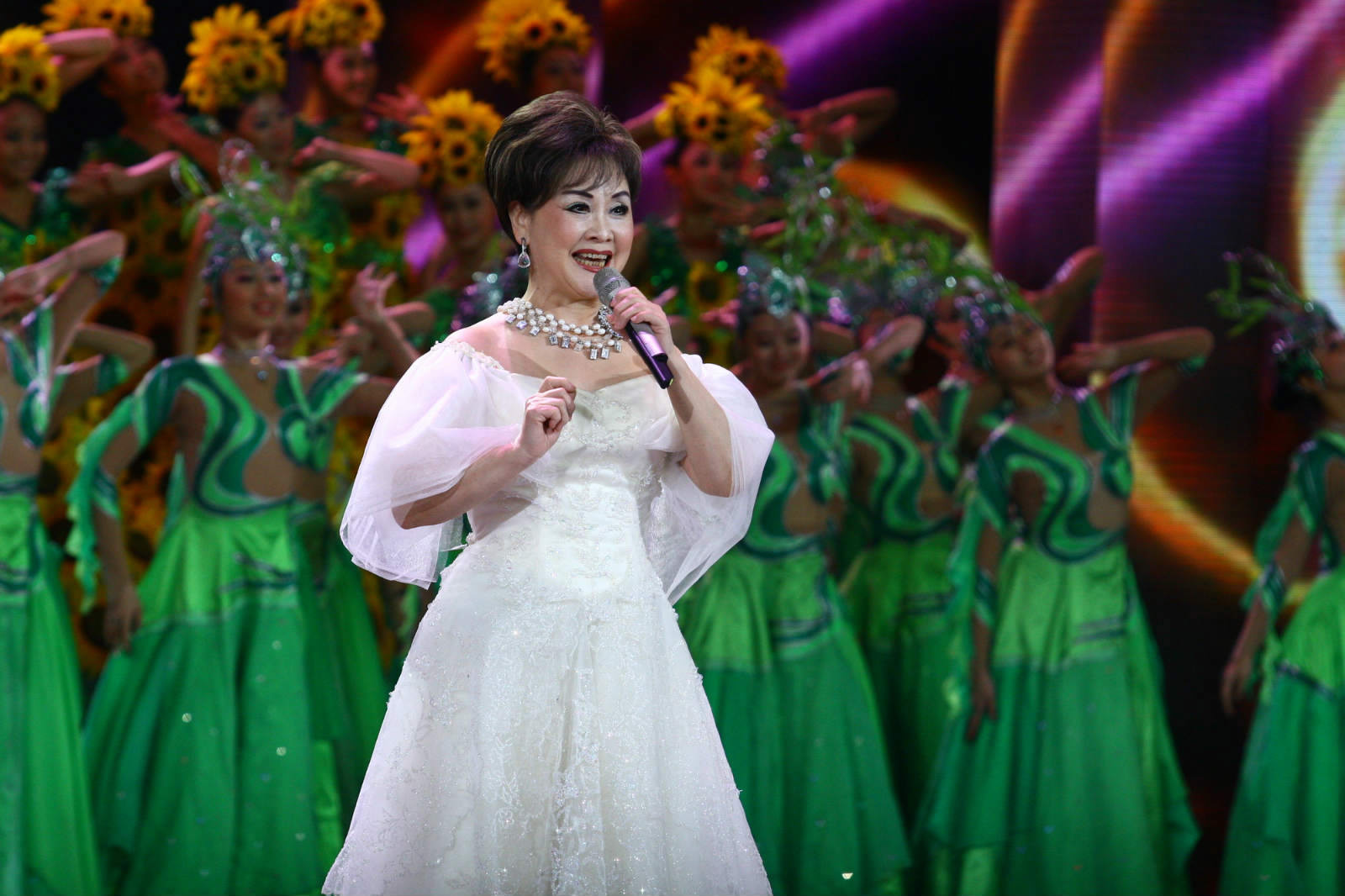
Li Guyi sings Can’t Forget Tonight at the CCTV Spring Festival Gala in 2011. /CFP Photo
Li Guyi sings Can’t Forget Tonight at the CCTV Spring Festival Gala in 2011. /CFP Photo
• Cheung Ming-man was the first singer from Hong Kong to perform at the CCTV Spring Festival Gala. He sang a patriotic song, “My Chinese Heart,” in 1984 and won millions of hearts, especially those who were living abroad. Cheung emerged as a household name in China as a result of his performance.

Cheung Ming-man sings “My Chinese heart” at the Spring Festival Gala in 1984.
Cheung Ming-man sings “My Chinese heart” at the Spring Festival Gala in 1984.
• The longest running performance in the history of the gala is called Time. In 2016, Yang Caiqi performed on stage for four hours until the New Year’s bell rang.
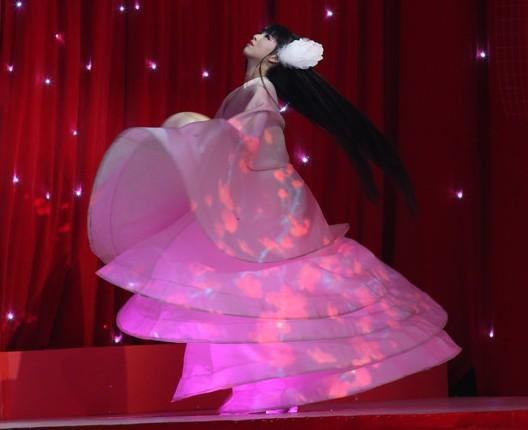
Yang Caiqi dances at the Spring Festival Gala in 2016.
Yang Caiqi dances at the Spring Festival Gala in 2016.
• The live telecast of the CCTV Spring Festival Gala has gained high ratings in the past years. In 2012, the Guinness World Records recognized CCTV Spring Festival Gala as the Most Watched National Network TV Broadcast.
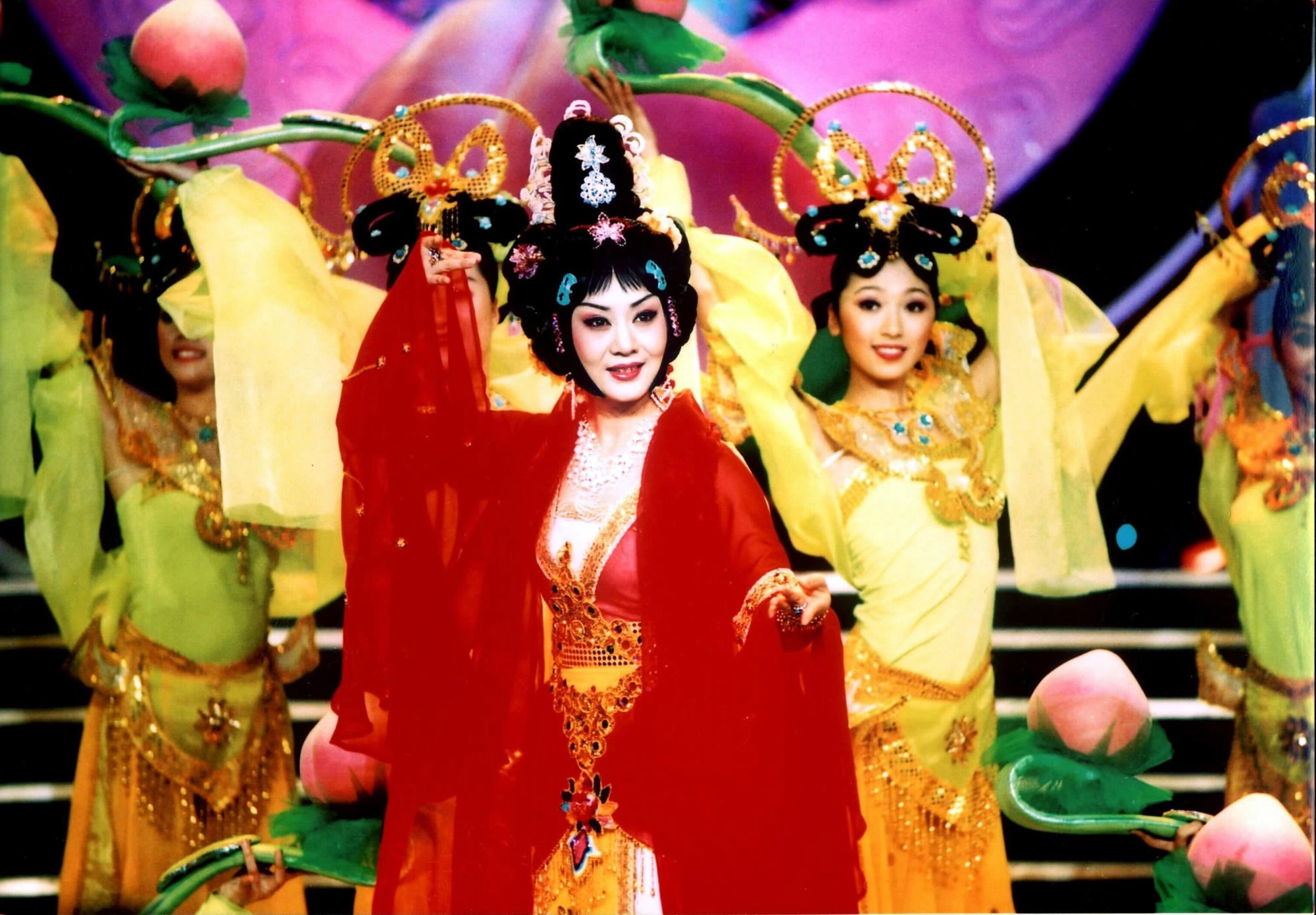
CFP Photo
CFP Photo
• In 2016, a Japanese website Niconico, featuring real time comments “Bullet Screens”, live broadcasted the CCTV Spring Festival Gala for the first time. After the broadcasting, about 88 percent of users casted a favorable vote.

CGTN Photo
CGTN Photo
(Story by Wang Xuejing)

SITEMAP
Copyright © 2018 CGTN. Beijing ICP prepared NO.16065310-3
Copyright © 2018 CGTN. Beijing ICP prepared NO.16065310-3